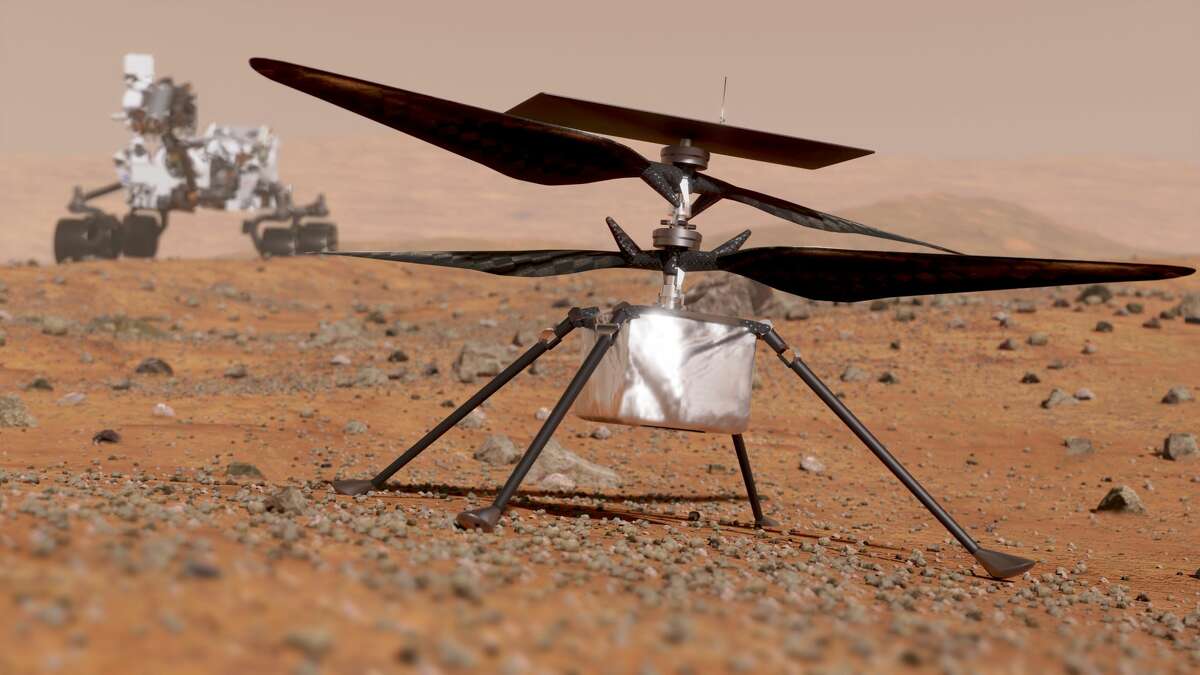Carbon Fiber Applications Expand to Aerospace Helicopter Blades and Potential Mars Landings
On January 21st, a significant milestone was achieved with the successful production of the 131-meter onshore wind turbine blade by Sany Heavy Energy at the Bayan Nur Zero Carbon Digital Industrial Park. This blade, which utilizes dry-jet wet-spinning 48K large tow high-performance Carbon Fiber (CF) provided by ZF Godeagle, not only sets a new record for the world's longest onshore wind turbine blade but also signifies a significant breakthrough for domestically produced dry-jet wet-spinning 48K large tow CF in the supply of blades over 100 meters.
The application of carbon fiber in the aerospace sector is expanding, with recent developments including its use in helicopter blades for potential Mars landings. NASA's "Ingenuity" Mars helicopter is currently exploring the Jezero Crater on Mars, and meanwhile, NASA engineers are testing carbon fiber blades on Earth for the next generation of Mars helicopters. These helicopters are expected to surpass the performance of the Ingenuity in future Mars missions, particularly the Mars sample return mission planned for the 2030s.

The atmospheric pressure and surface gravity on Mars are less than 1% and one-third of Earth's, respectively. Due to this extremely low surface pressure, the "Ingenuity" helicopter's rotation speed (rpm) ranges from 2400 to 2900 to maintain flight on Mars, significantly higher than the 500 to 600 rpm required for helicopters on Earth.
The Ingenuity Mars helicopter features four carbon fiber blades, forming two counter-rotating rotors, each with a span of 1.2 meters and operating at the aforementioned rpm. Additionally, while the Ingenuity weighs approximately 1.8 kilograms on Earth, its weight on Mars is only 0.68 kilograms, due to Mars' gravity being one-third that of Earth.
For the next generation of Mars helicopters, NASA's Jet Propulsion Laboratory (JPL) in Pasadena is constructing blades that are 10 centimeters longer than those of Ingenuity, with different designs and increased strength.

Advantages of Carbon Fiber in Aerospace Applications:
1. High Specific Strength and Stiffness: Carbon fiber composites are renowned for their exceptional strength-to-weight ratio, allowing aerospace engineers to design lightweight structures without compromising strength, thereby improving fuel efficiency and overall performance.
2. Stiffness: Carbon fiber inherently possesses rigidity, providing excellent structural integrity, which is crucial in aerospace applications where components need to maintain their shape under aerodynamic and mechanical loads and resist deformation.
3. Fatigue Resistance: Carbon fiber composites exhibit excellent fatigue resistance, making them suitable for components subjected to cyclic loading, such as wing and fuselage structures, enhancing the lifespan and durability of aerospace structures.
4. Corrosion Resistance: Unlike metals, carbon fiber does not corrode, which is advantageous for aerospace applications frequently exposed to harsh environmental conditions, such as high altitudes and varying temperatures.
5. Design Flexibility: Carbon fiber composites can be molded into complex shapes, offering greater design flexibility, particularly beneficial in aerospace where aerodynamic and structural considerations often require complex and streamlined designs.
6. Electrical Conductivity: Carbon fiber possesses electrical conductivity, which is beneficial for certain aerospace applications, as it can be used to dissipate static electricity and electromagnetic interference, providing additional functionality in aircraft design.
7. Thermal Stability: Carbon fiber composites exhibit good thermal stability, enabling them to withstand high temperatures without significant degradation, a critical characteristic for aerospace applications where components may be exposed to extremely hot environments during flight.
8. Reduced Maintenance Costs: The durability and corrosion resistance of carbon fiber composites help reduce maintenance costs for aerospace components over their service life, extending maintenance intervals and improving reliability.





